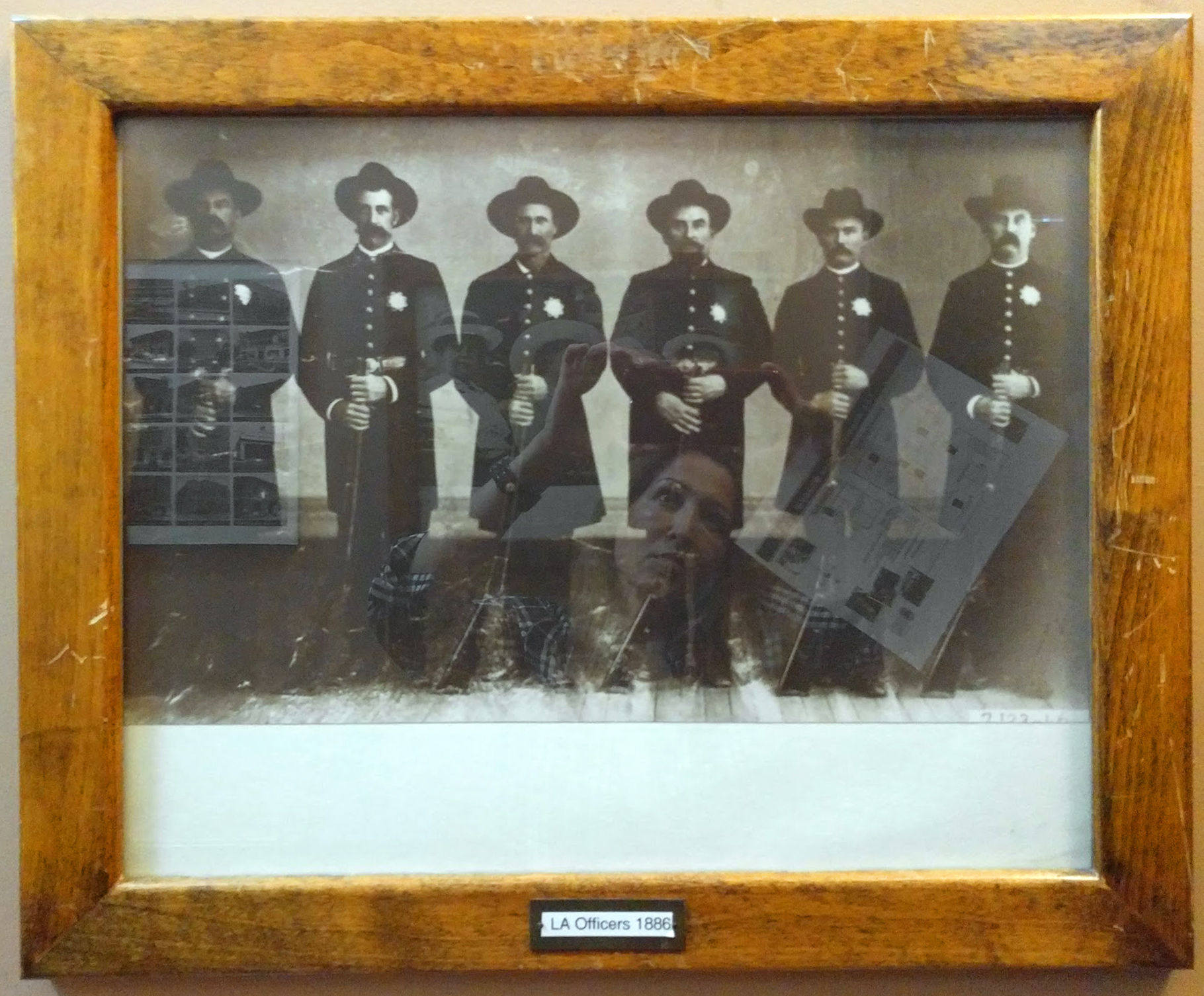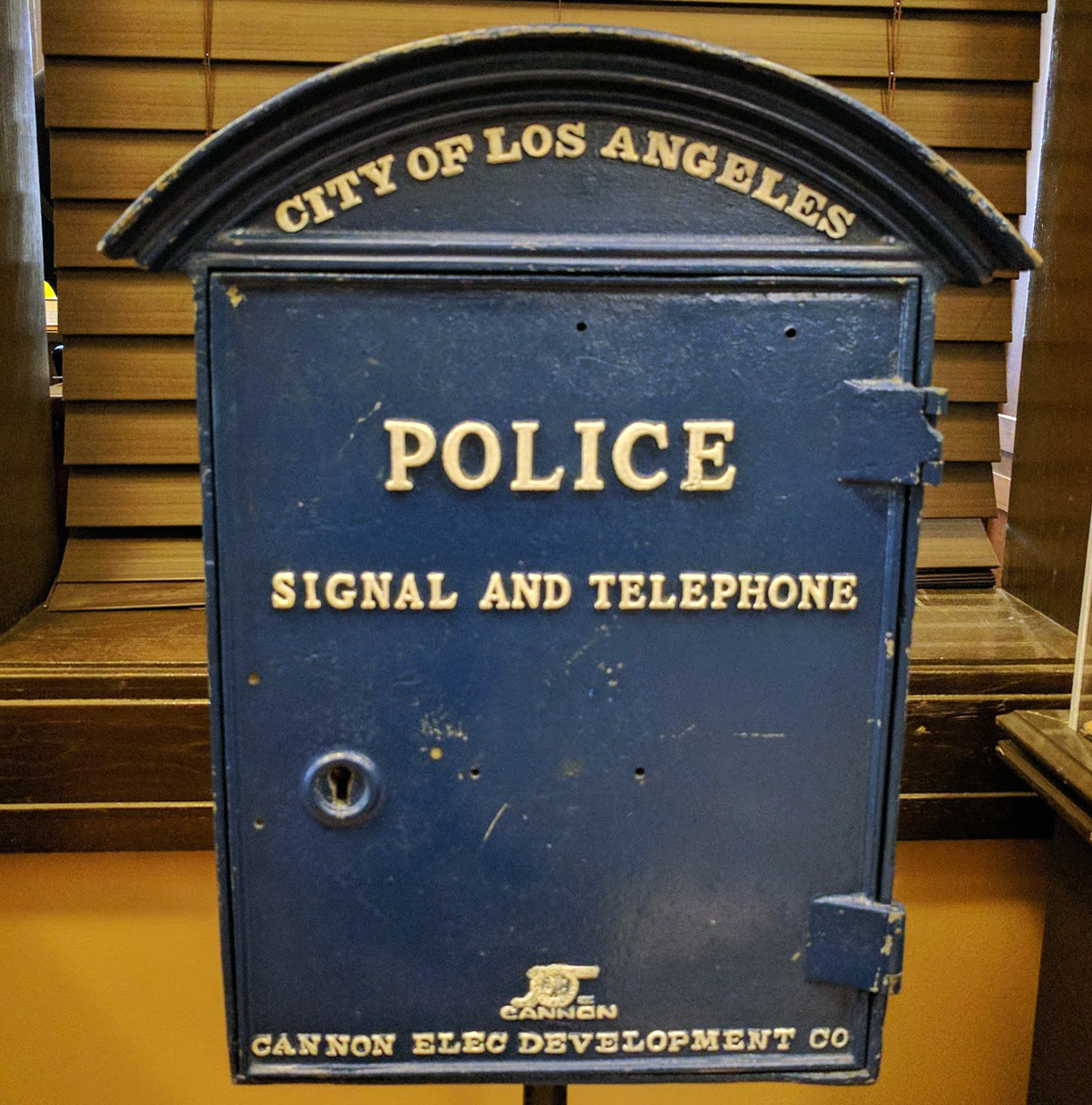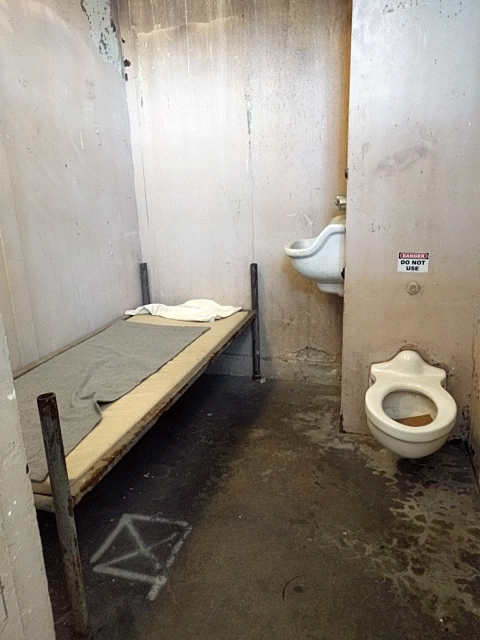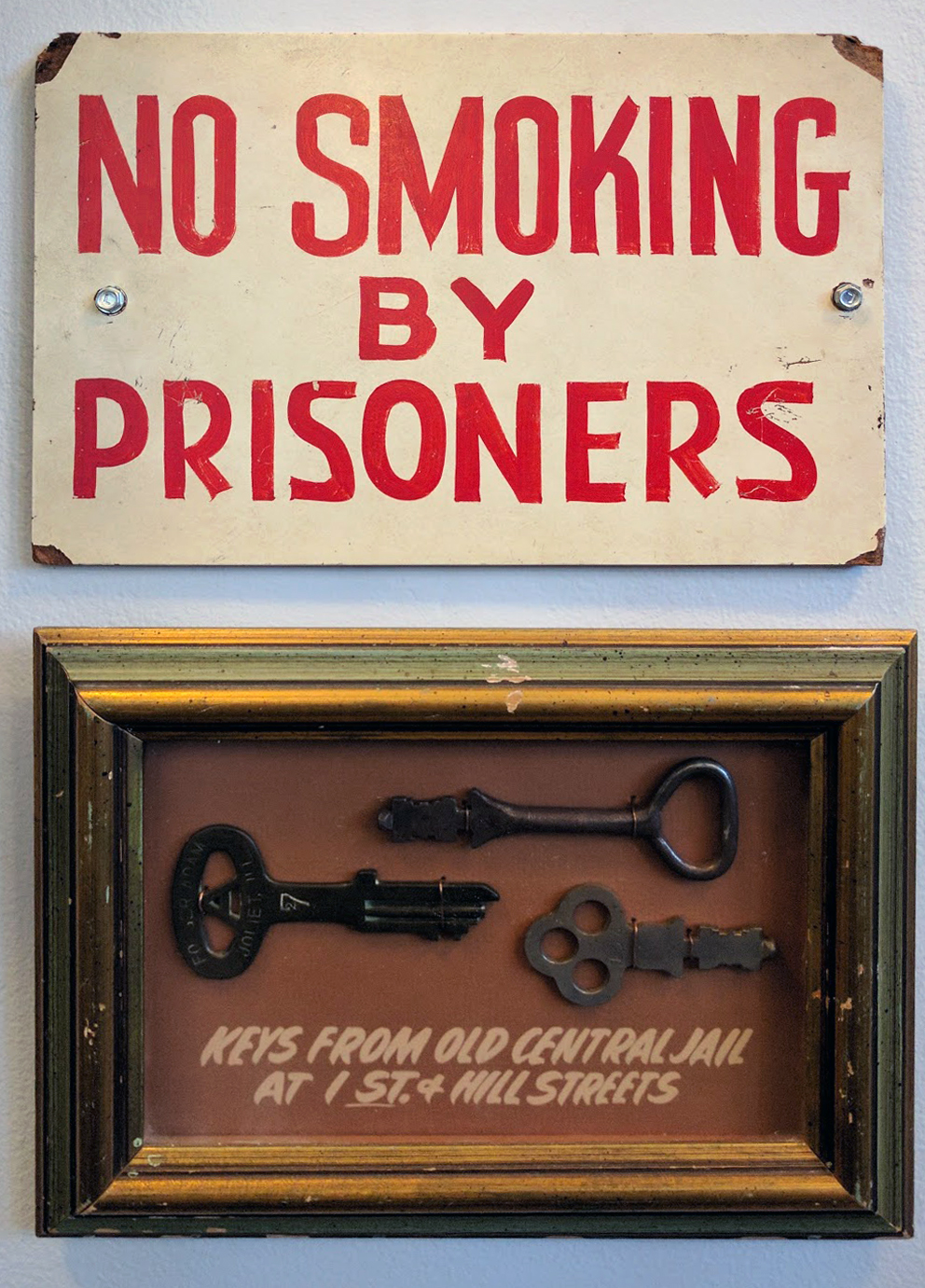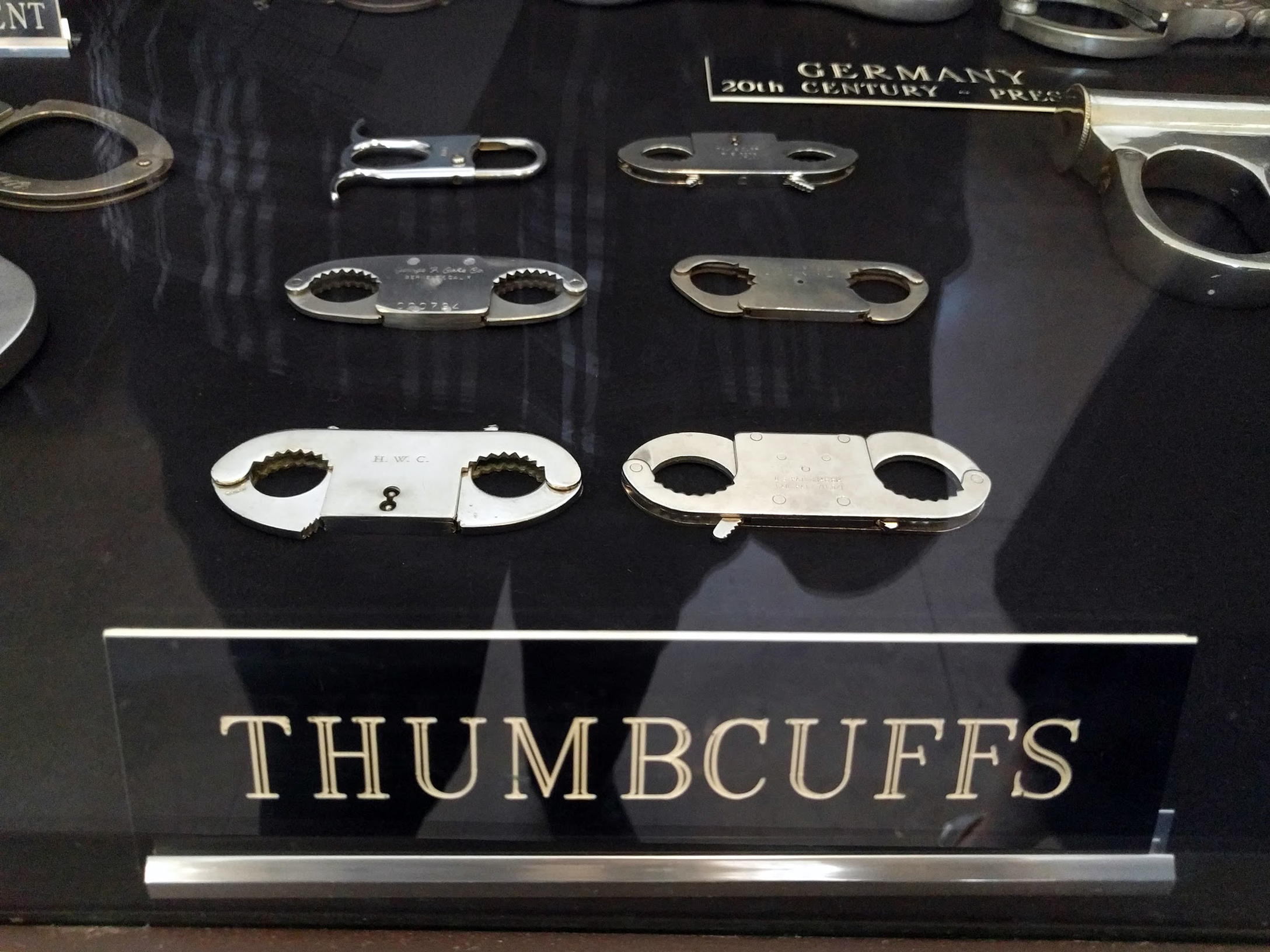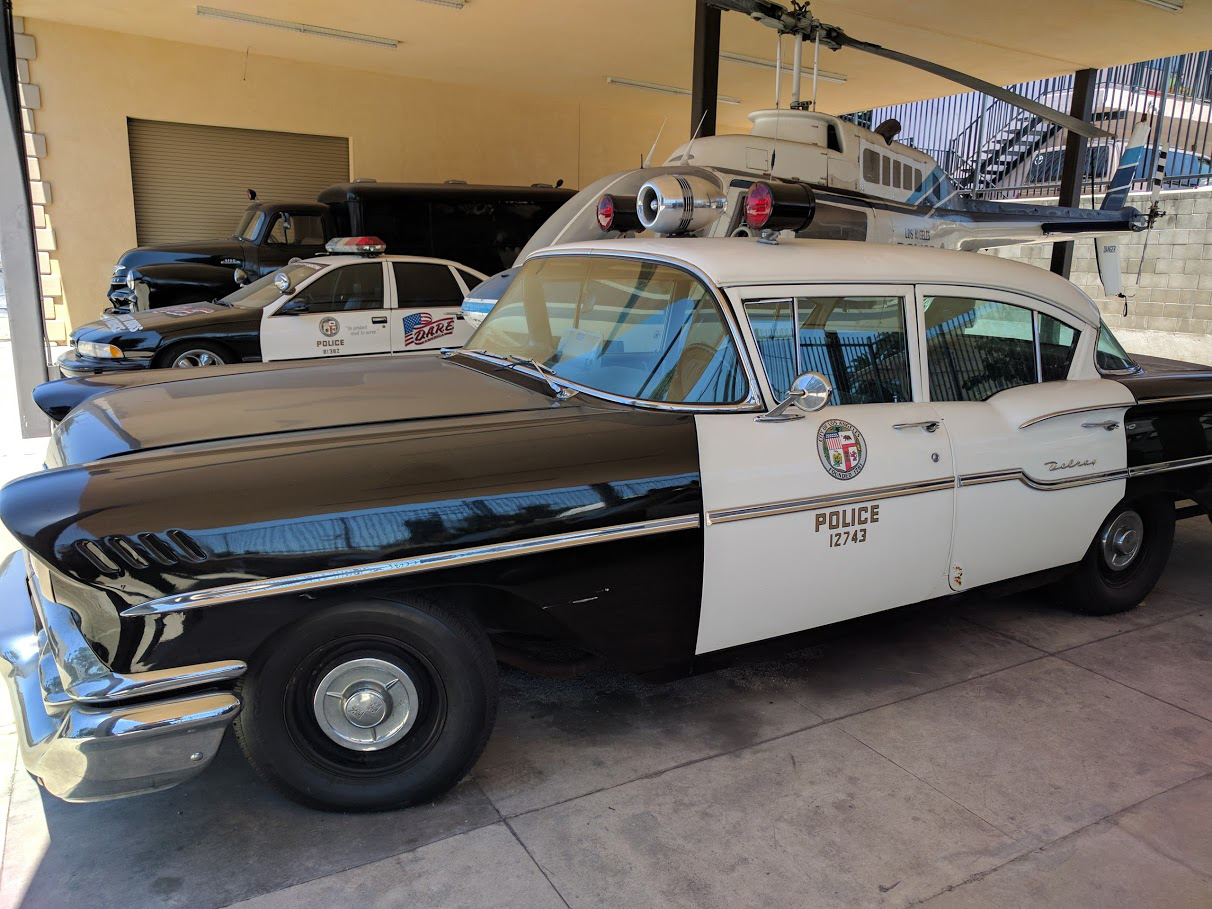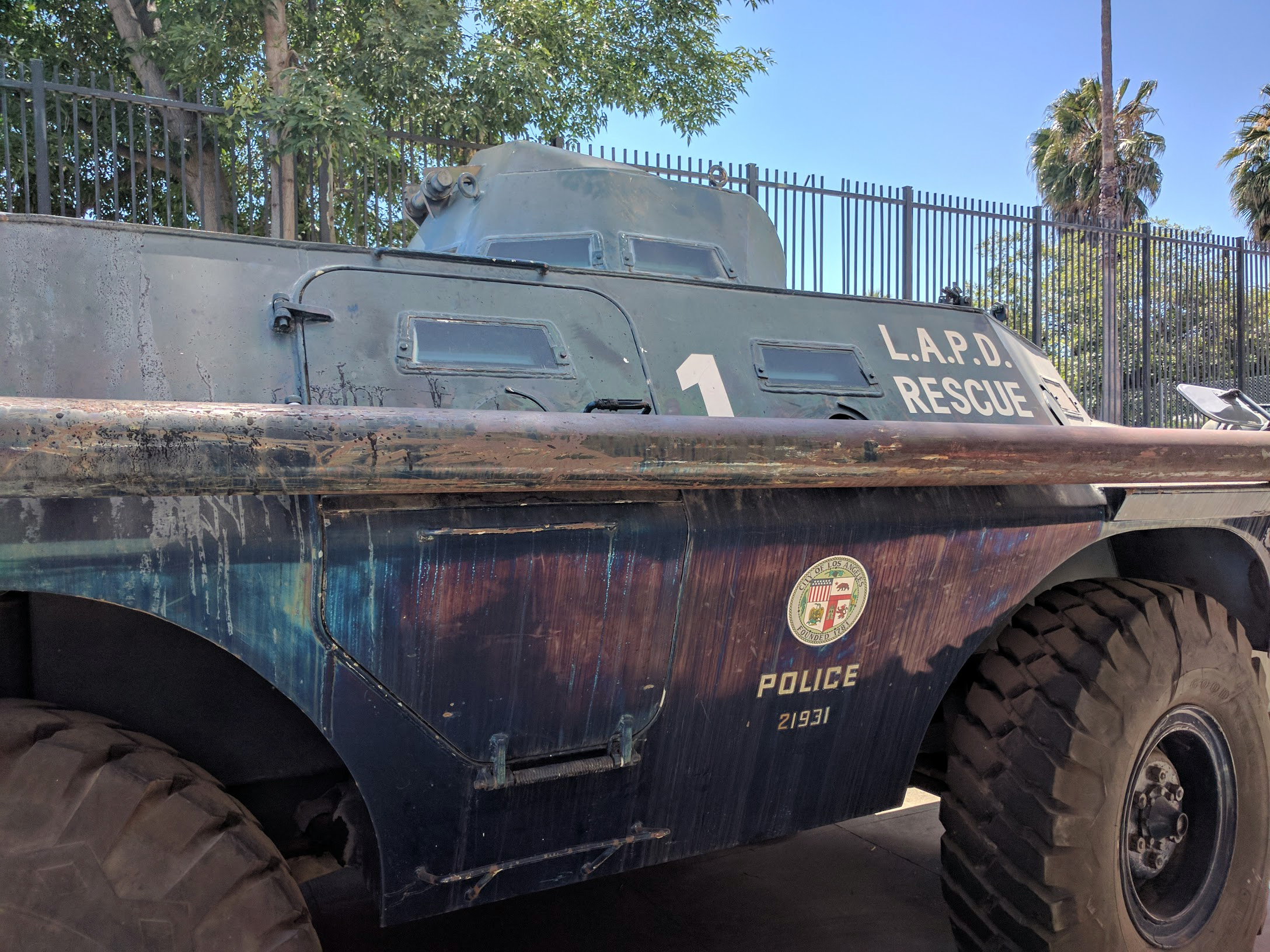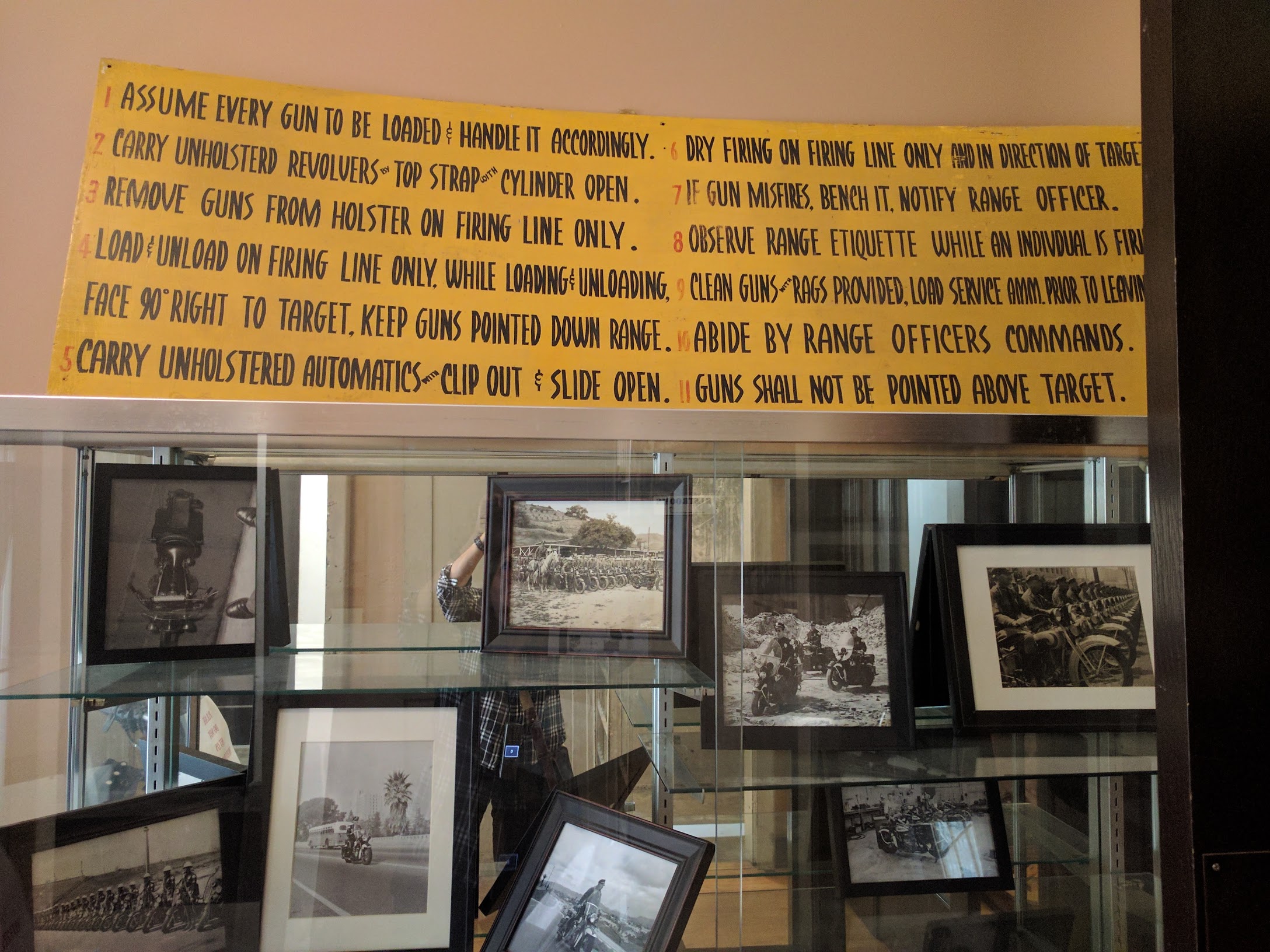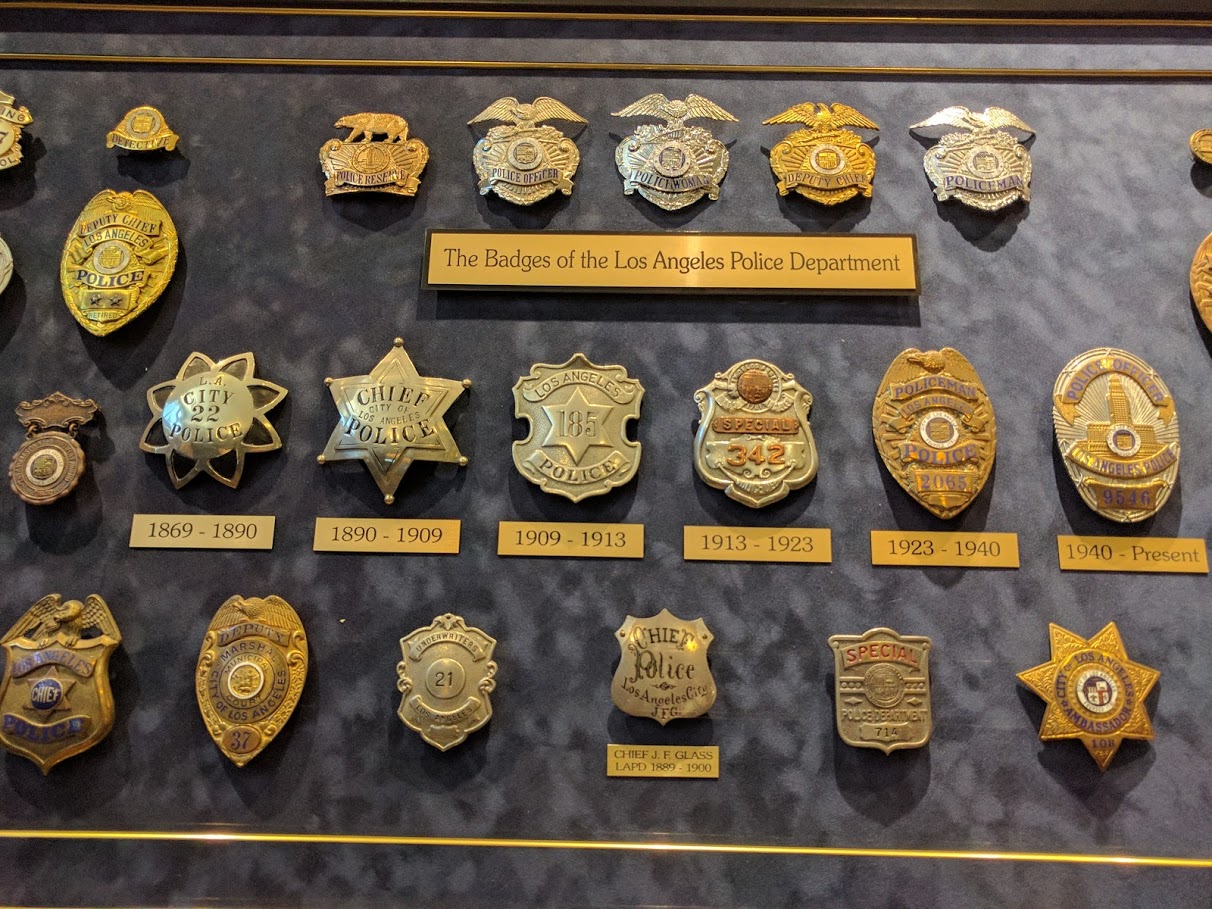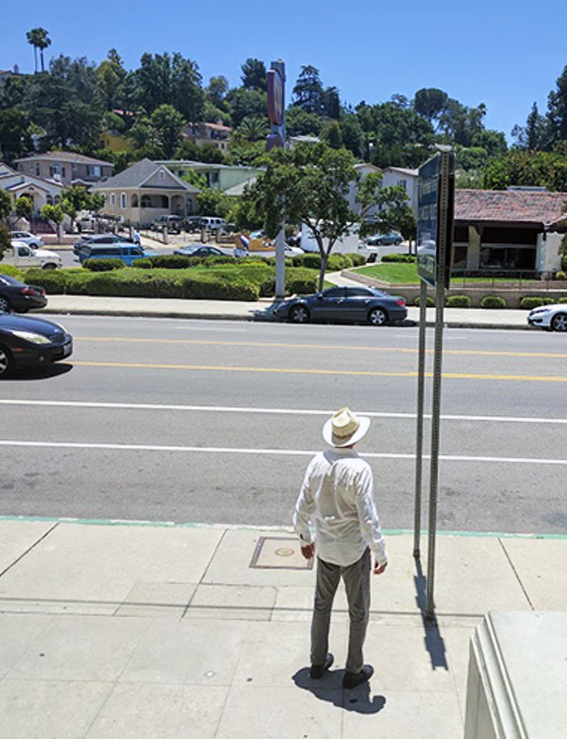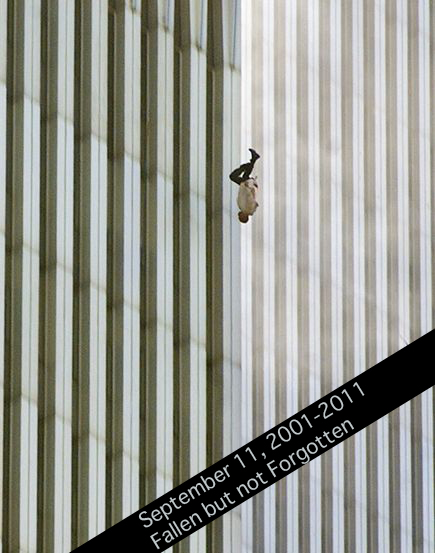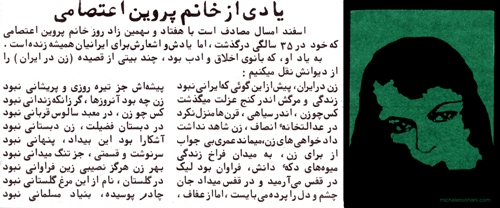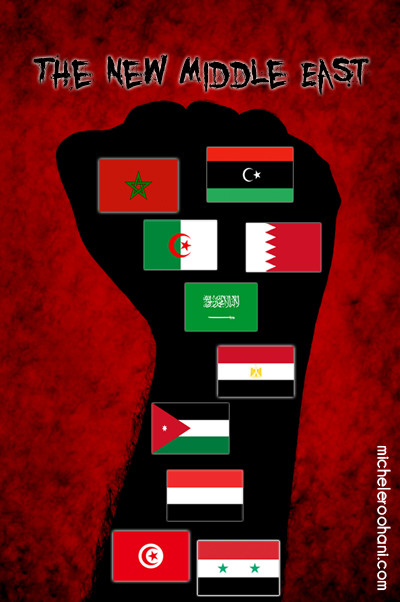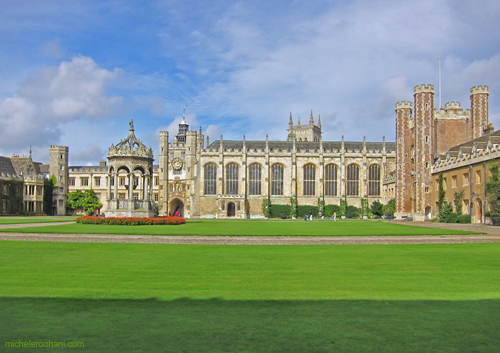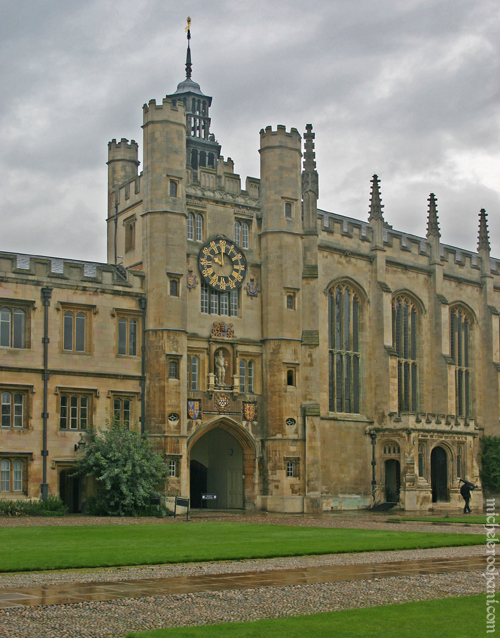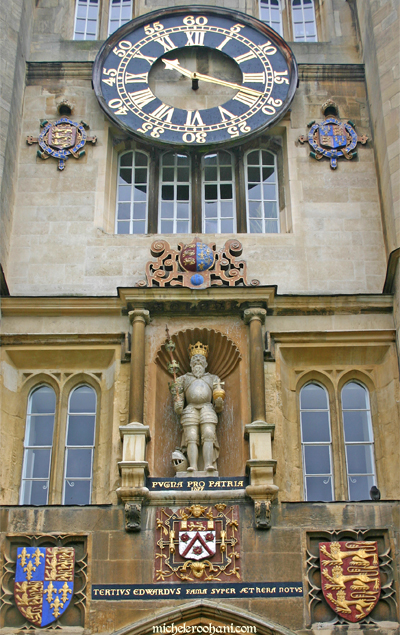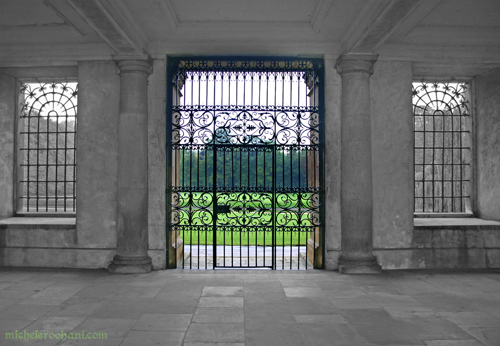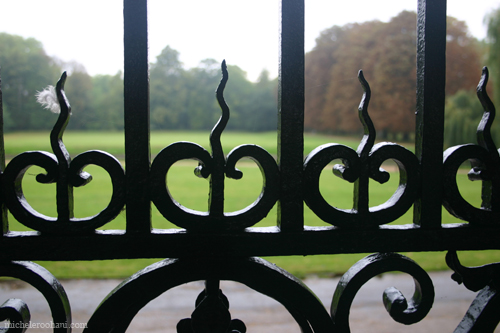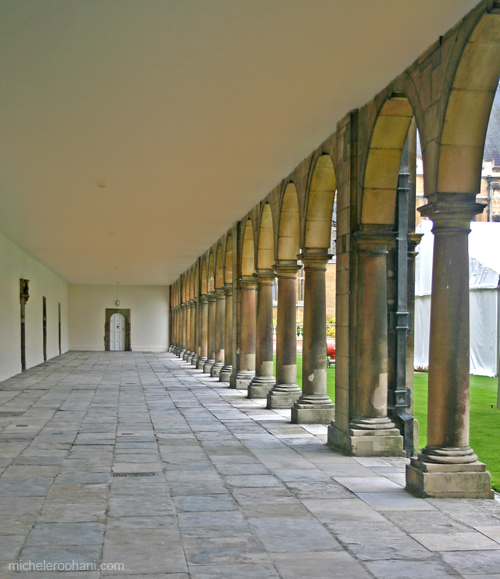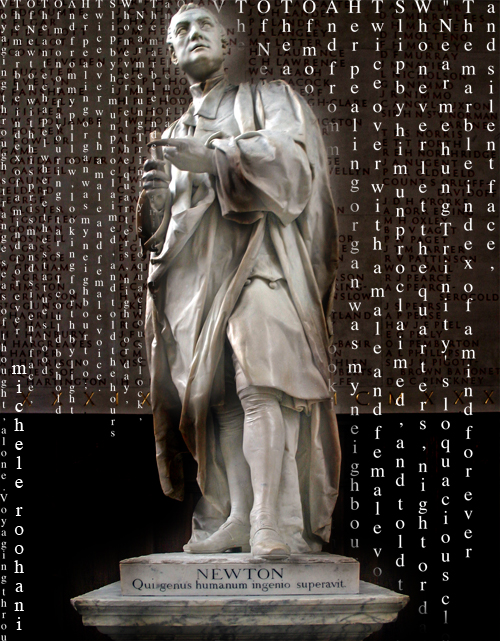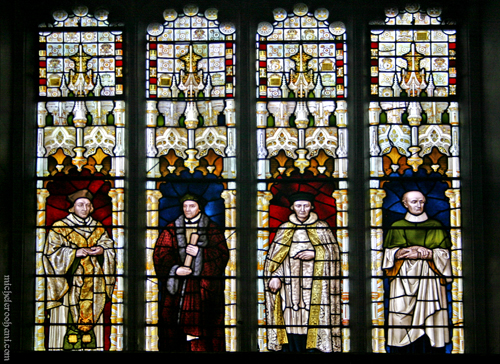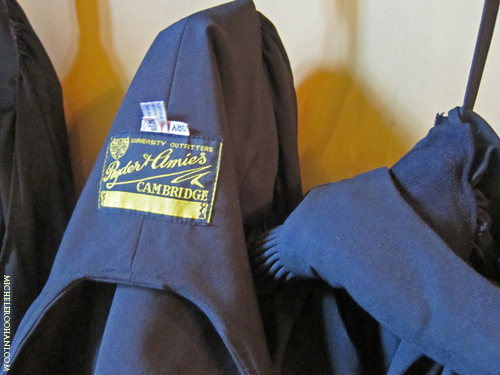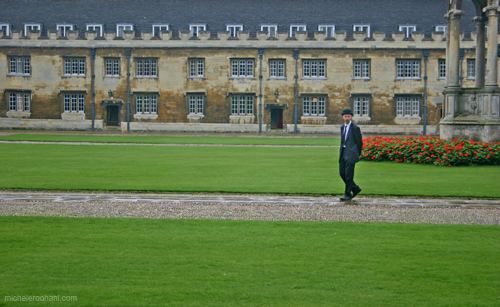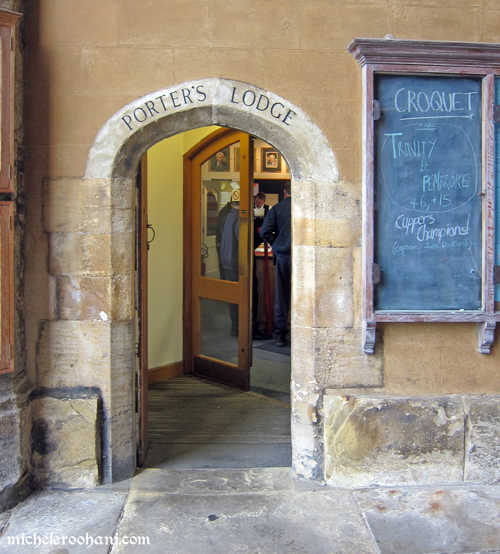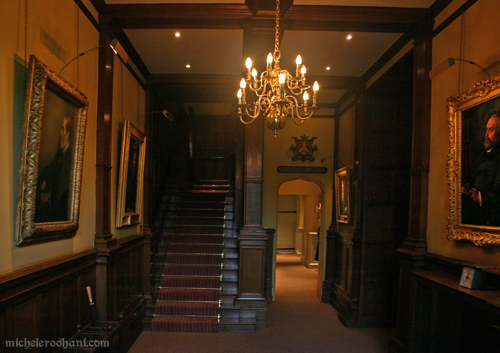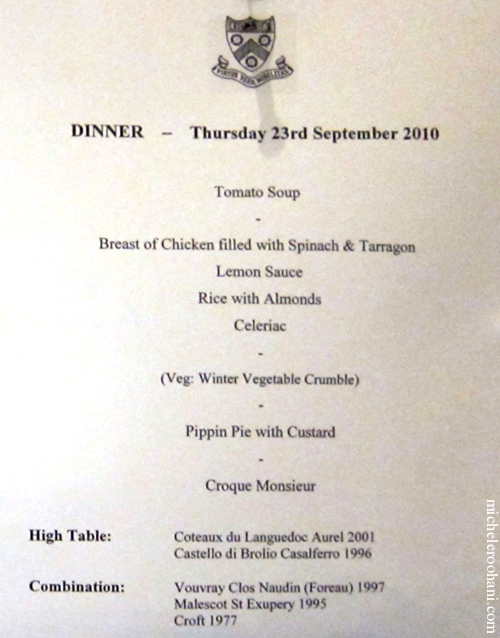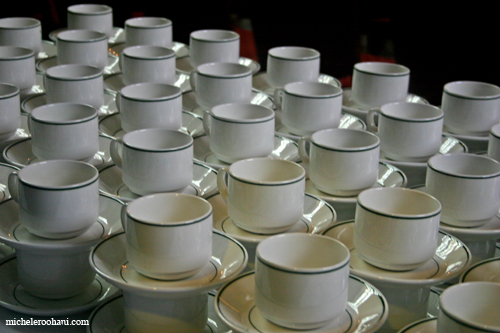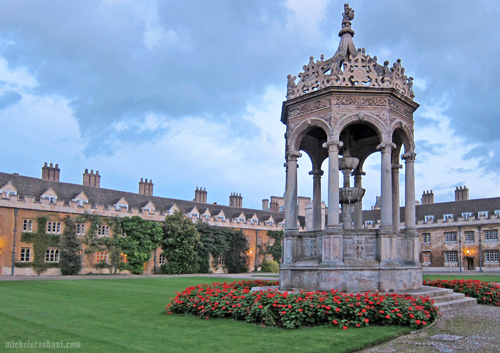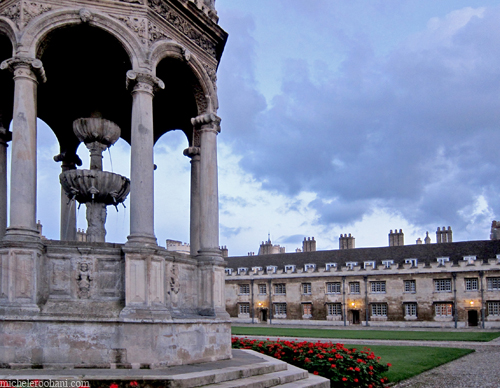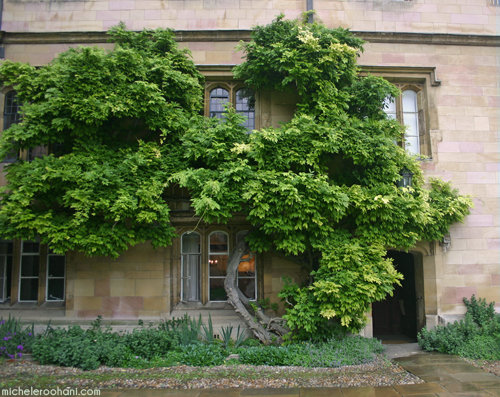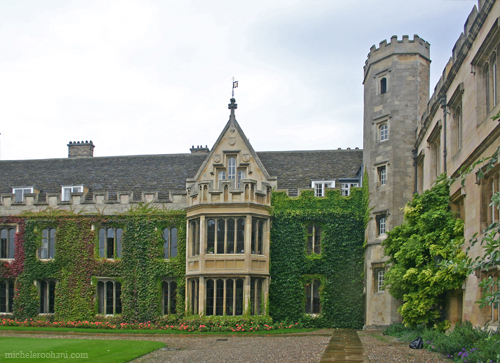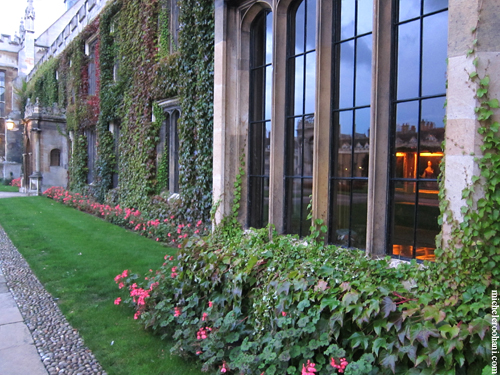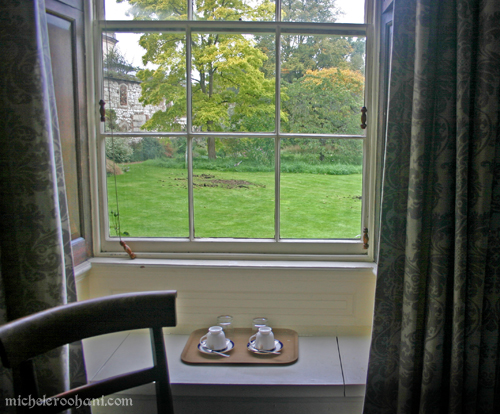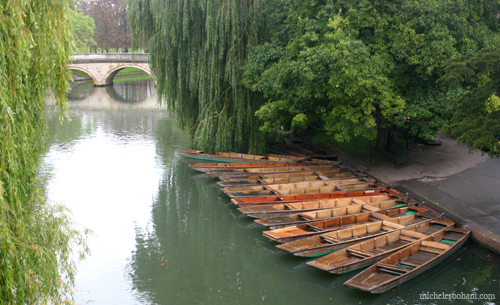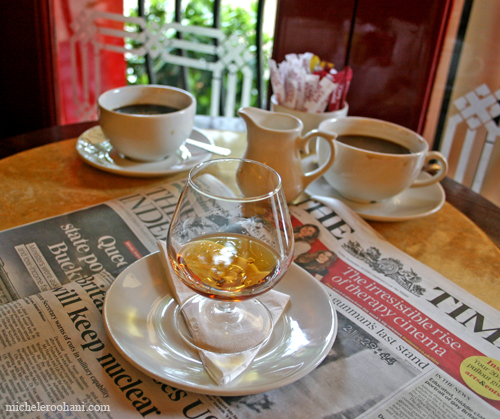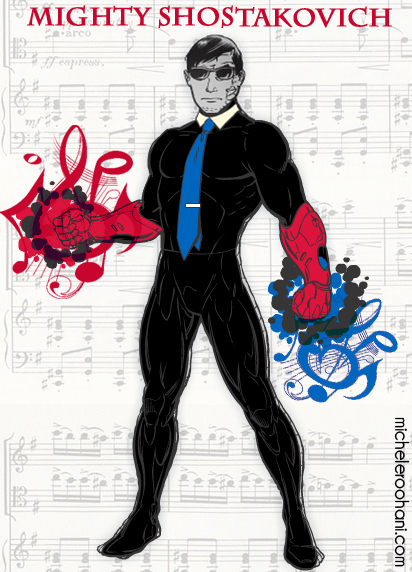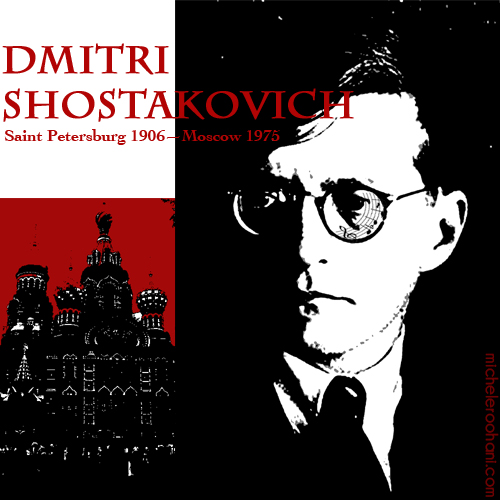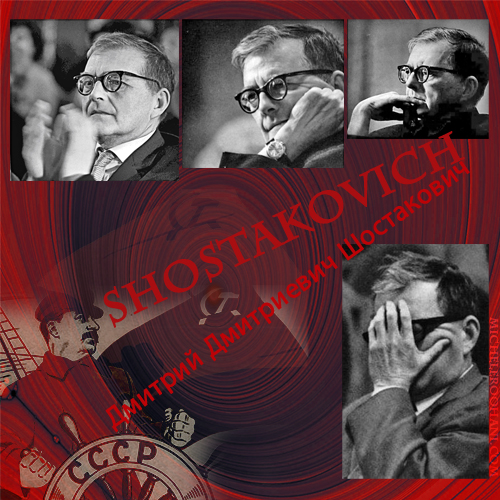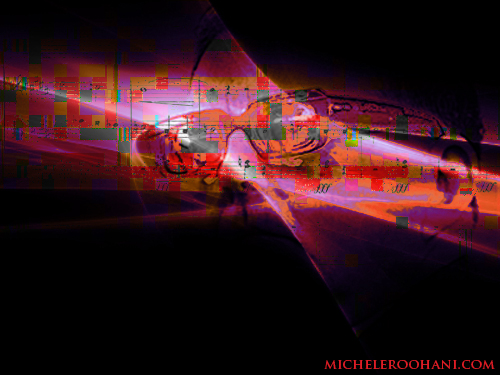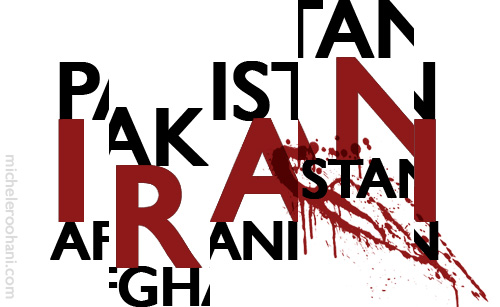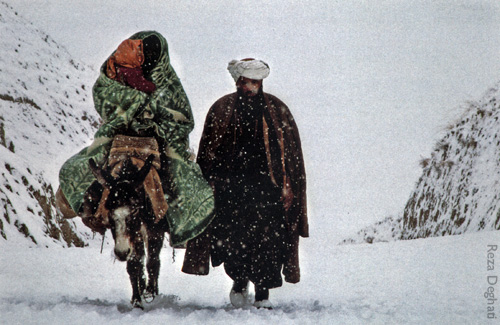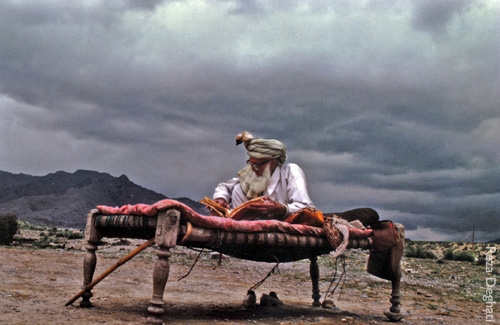Kashan…A jewel of a city in the semi-arid center of Iran. I went back to Iran after 20 years. I visited several historical houses in Kashan and enjoyed my first visit to this region. This is one of them, built around 1880 with exquisite mirror and stained-glass work:

A much smaller example is the hotel we stayed in; this amazing boutique hotel (below), the “Manouchehri House“, revived from its ruin by the good taste of its owner, Saba Manouchehri, her super talented designer, Shanhnaz Nader Esphanahi, and Akbar Helli the traditional architect and master repairer of historic houses. Going from this (picture not mine):
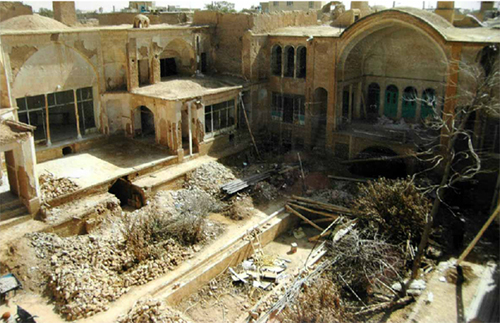
to this:
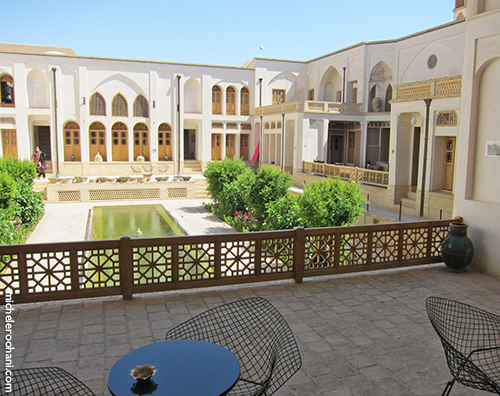
and this:

This is the view from my room:
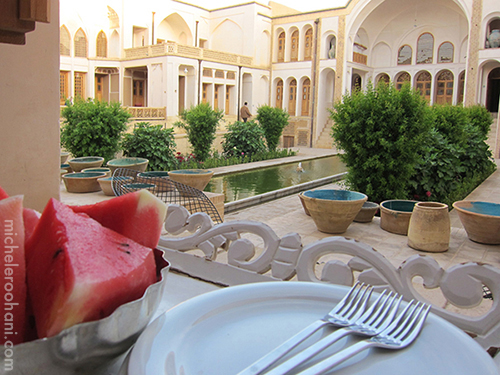
A first floor room with three beds for my parents and myself. Even the bed covers (designed by Shahnaz Nader Esfahani) are custom made for the hotel and purely Iranian:
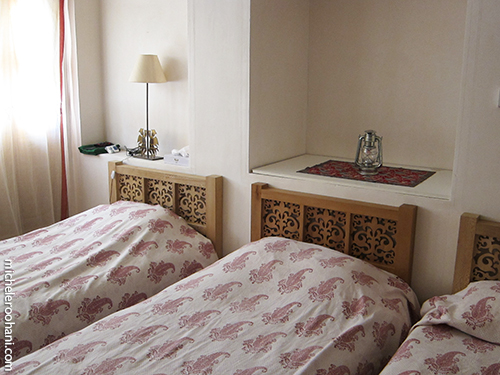
Still jet-lagged, I could’t sleep well the first night and I saw the sun rise after having stared in delight for a couple of hours at the moonlit garden:
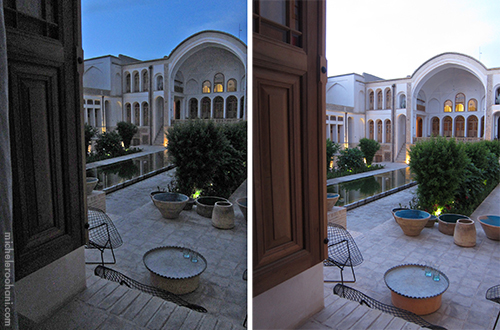
We had to take advantage of our short trip and a knowledgeable guide so we hurried to the breakfast area,
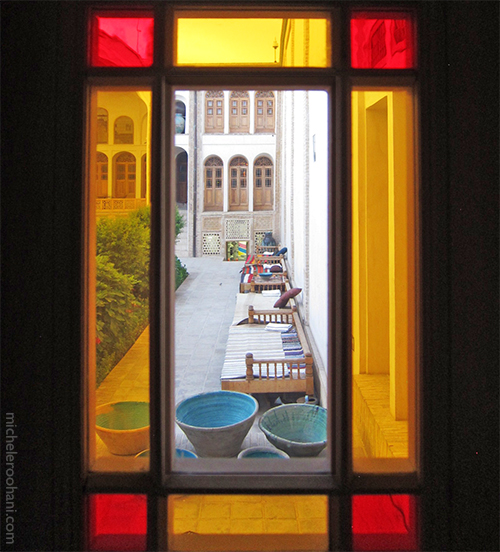
and tried to remember to take a look at these cute garden sculptures upon our return to the hotel!
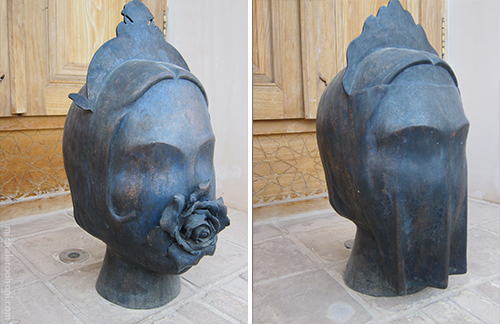
We had our Persian tea and out the door:
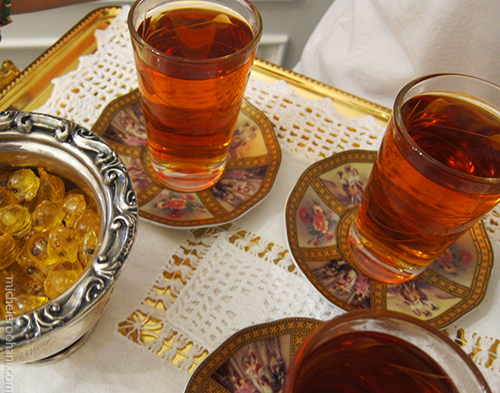
Our first stop was at the Tabatabaei House. This splendid house was built in the 1840s for the affluent Tabatabaei family. It was designed by Master Ali Maryam. It has 40 rooms and more than 200 doors:
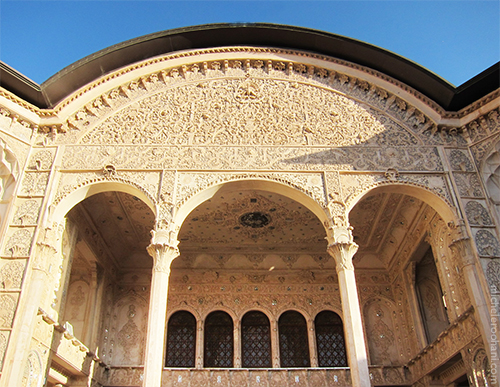
It is the same house that you see at the beginning of the blog post. I was amazed at this majestic balcony and its ceiling that looks like a traditional Persian rug (below).

Kashan is world famous for its beautiful rug weaving tradition,

and I can very well imagine Mr. Tabatabaei asking his architect to create a rug on his ceiling like the rug he must have had at his feet:
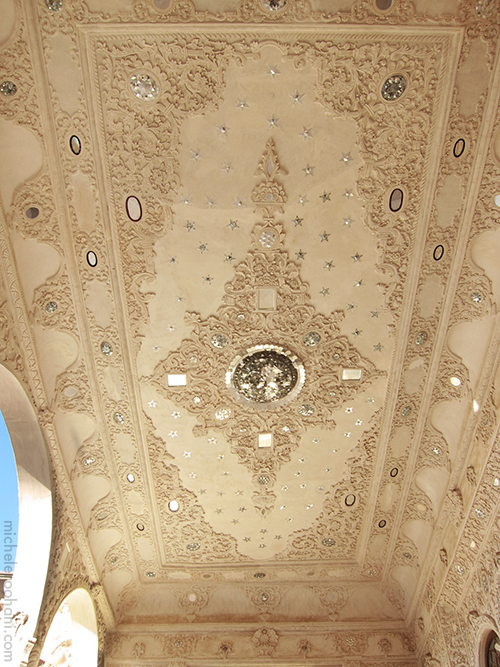
It doesn’t happen often for me to be overwhelmed by what I see and hesitate about what to shoot but I was taking pictures left and right and no time to take notes… 😉

But I remembered to take a picture of myself!
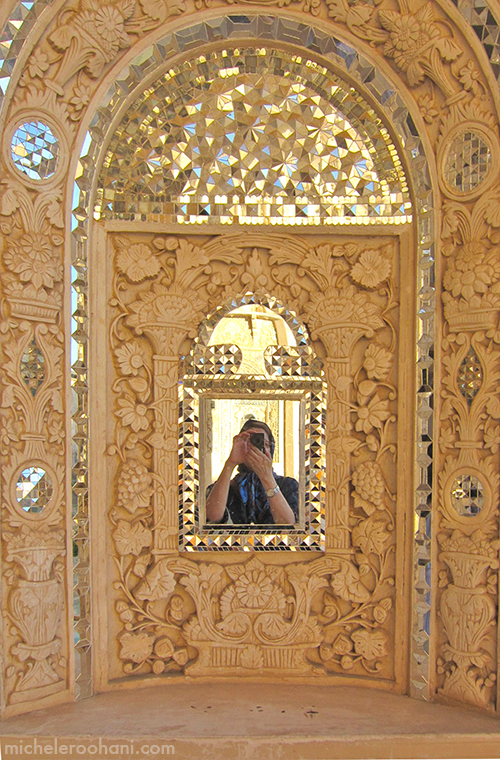
The colors on these pictures have not been processed — the golden glow that you see everywhere is real:
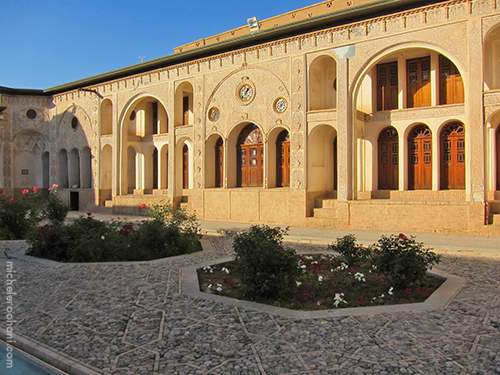
The intricate stucco work on the walls is even more beautiful in the midday golden light:

The persians are historically known in the art of plastering:
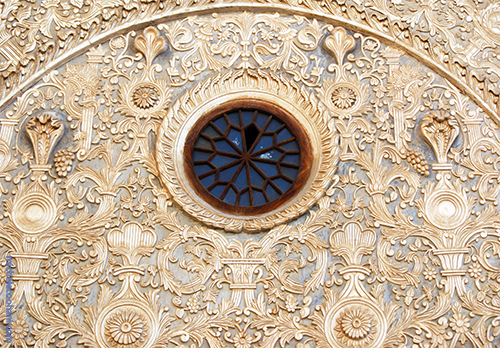
The stained glass is omnipresent in all of these old houses,
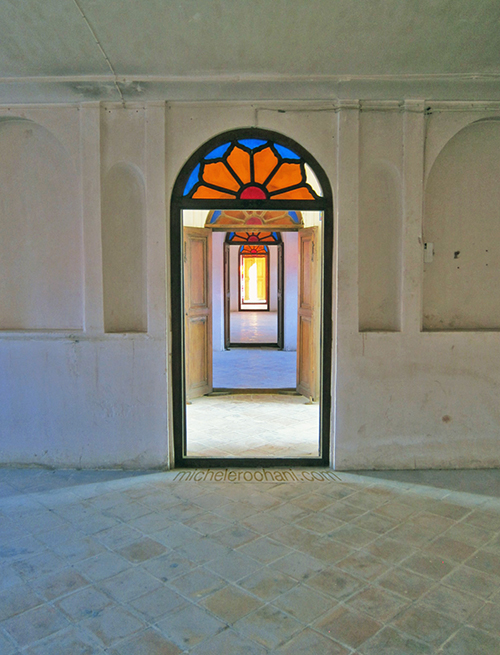
Some are exquisite!
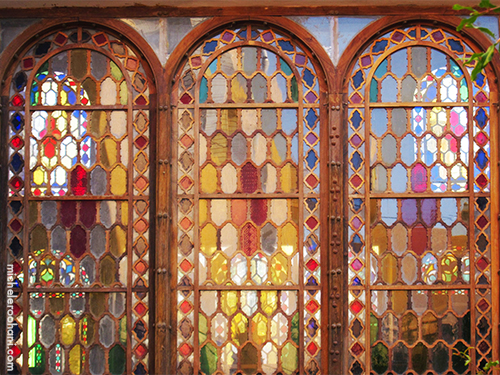
We decided to go to the bazaar for lunch. Iran, the pistachio capital of the world is a heaven for nut lovers:
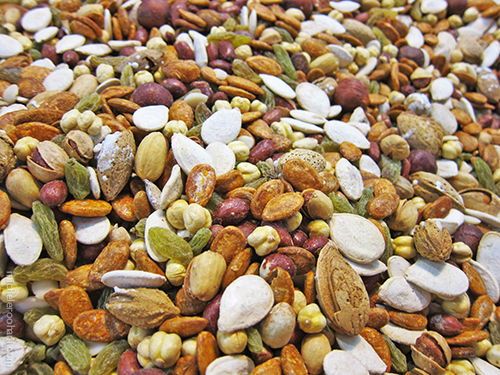
I found this guy’s expression in front of the sheep’s heads hilarious! The local Chelo-Kabab, the only thing that Shahs and Mullahs equally love and agree upon, didn’t disappoint us. Chelo-Kabab is the national dish of Iran consisting of steamed basmati rice and lamb kabab.
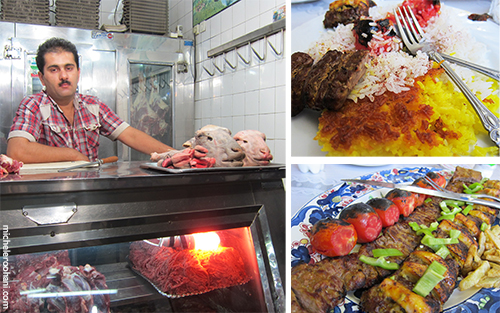
After lunch we headed to the Fin Garden. A Unesco world heritage site, it is a historical Persian Garden that symbolizes the earthly paradise. Designed for Shah Abbas I and completed in 1590, it is the oldest garden in Iran still in existence.
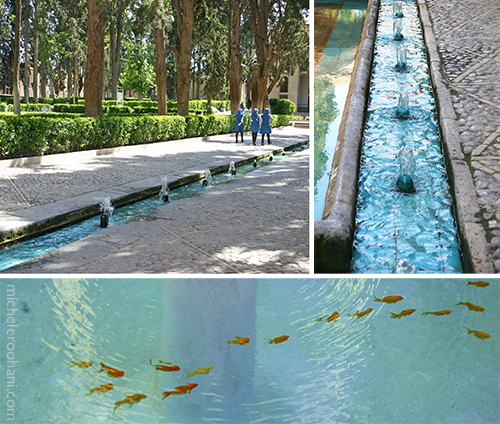
Water runs through it (it houses Kashan’s Fin Bath) and beautiful trees and flowers and water sources everywhere have a heavenly effect on people.
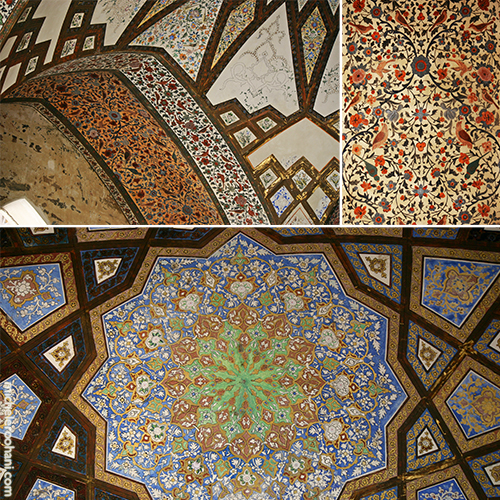
Flowers are everywhere on the ceilings and walls (above) and outside like the omnipresent pomegranate and roses:
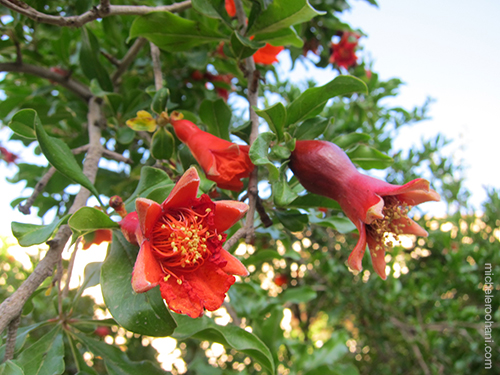
Kashan is like Grasse in France, the capital of rose essence, Gol-Aab:
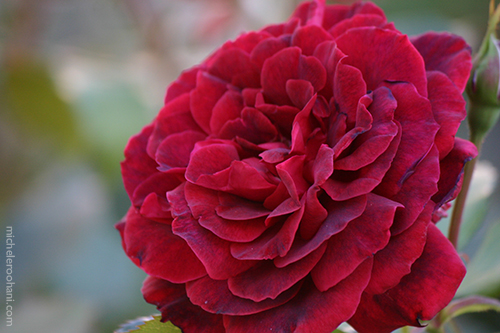
and some more ceilings:
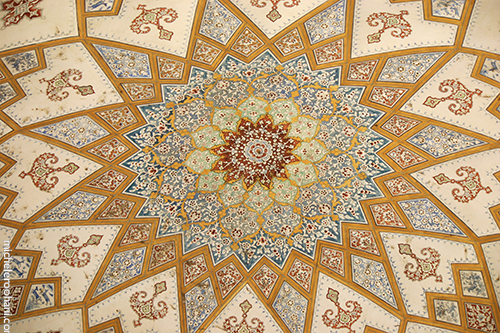
and more gorgeous frescos:
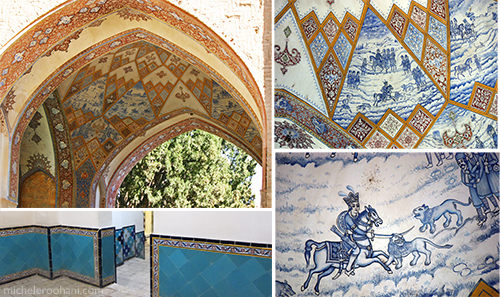
I loved this image of this tired chador clad lady:

The next day took us to a famous bath or hammam: Sultan Amir Ahmad Bathhouse. I want to take you first to the roof—very typical of the ones in this region, it lets the sunlight in. You will see these roof domes again from inside.

Thes multiple domes contain convex glasses to provide sufficient lighting to the bathhouse while concealing it from the outside:
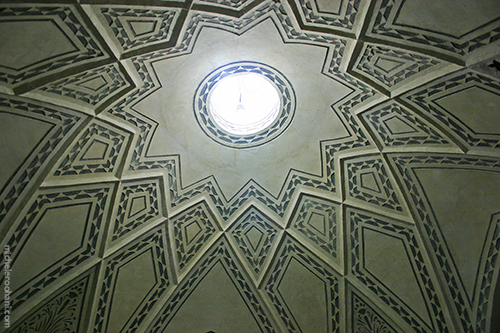
The bathhouse is a traditional Iranian bathhouse from the 16th century. It has two main parts: Sarbineh (the dressing hall) and Garmkhaneh (the hot bathing hall). The following image is of Sarbineh with its octagonal pool and its 8 columns.
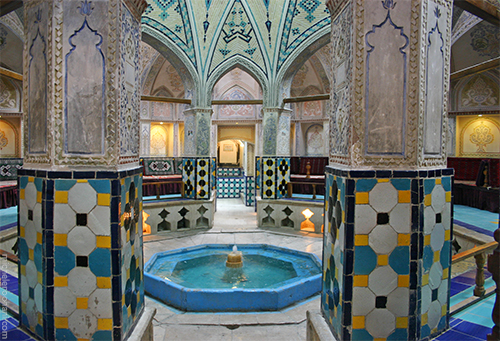
The interior of the bathhouse is decorated with turquoise and gold tile work, brickwork and amazing plasterwork:

A symphony in gold and turquoise…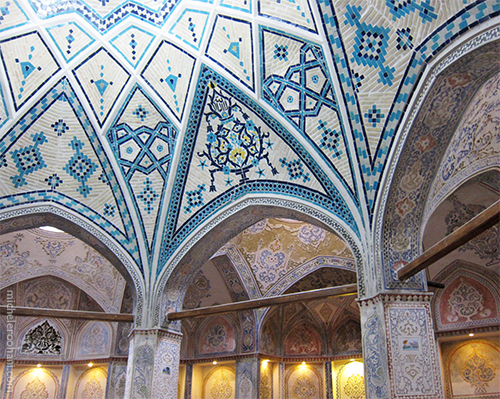
Me being a Roohani (religious in Persian and a common last name like Smith) and the new president being a Roohani, you would think this dude could be my dad or an uncle:

My dad—Morteza Rouhani— a retired pediatrician and not a mollah (here with our kind guide, Abbas Ghamkhar), was tired of following my mother and me around . Everybody asks me but my father has no connection to the Iranian President!

Another great tea (I call it paradise in a glass) and we were ready to head to another historical house.

The same person who built the Tabatabaei’s House later built this one, the Boroujerdis House for Mr. Tabatabaei’s newly married daughter. It is considered a true masterpiece of Persian traditional residential architecture. It has a funny story:
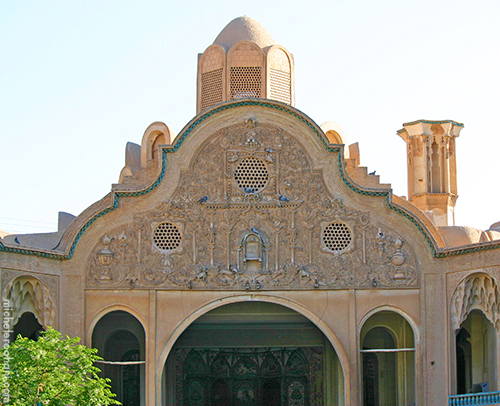
The groom not being from Kashan, was not accepted first as a good suitor (he was in the tea making business) and to show his wealth in spite of not being one of the Kashan nobility, he asks the same architect to build his home with samovars and teapots in the exterior wall carvings! I was laughing taking these pictures:
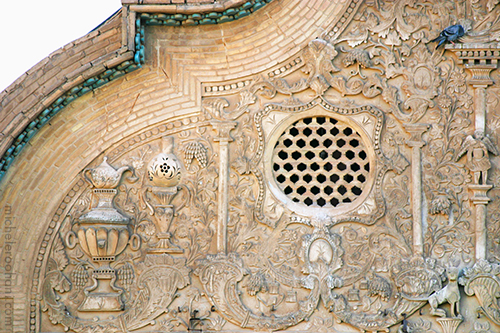
There are great plaster and stucco works of fruits and flowers and wall paintings by the royal painter Kamal-ol-molk, and three 40 meter tall windcatchers which help cool the house to unusually cool temperatures.

A windcatcher (below) is a traditional Persian architectural element to create natural ventilation in buildings:
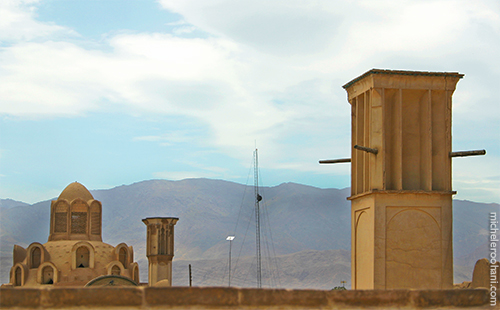
and this is what’s happening inside the dome, magnificent ceiling,
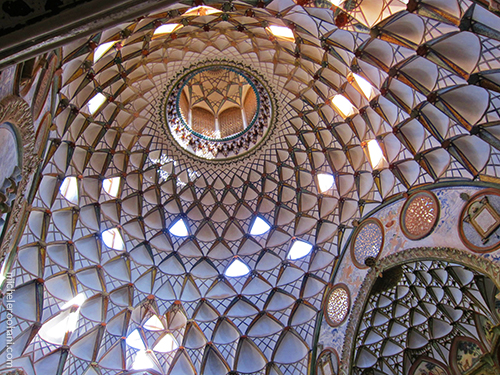
after magnificent ceiling…
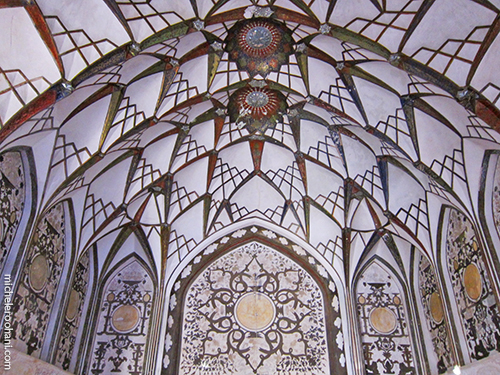
I wished I could have made a better travel log about this mystical place:
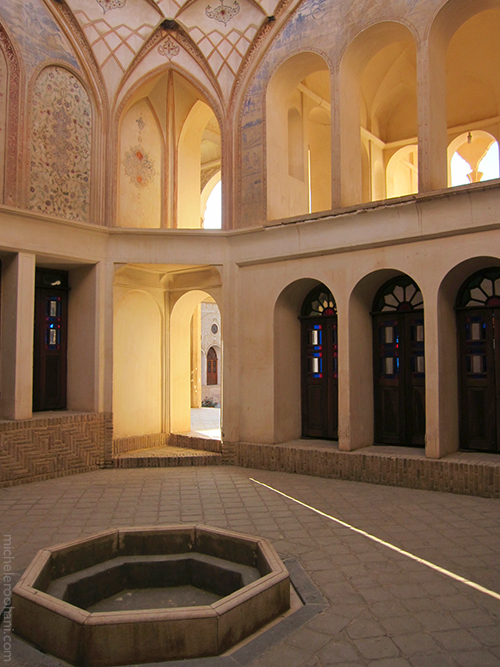
One last image from the other side of Tabatabaei House—after all we started the blog with it:
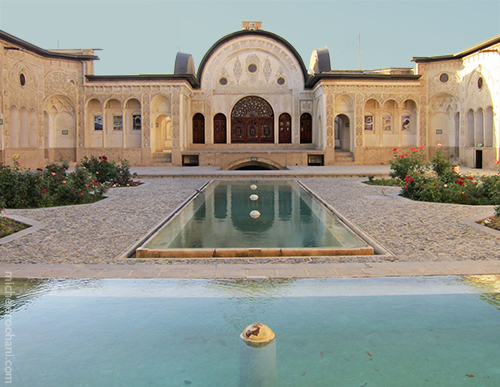
Ok one more:
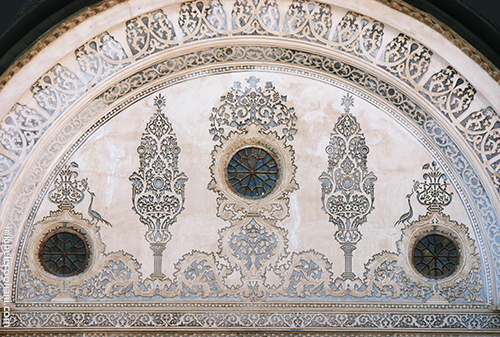
We went back to Tehran, tired but happy. Guess what we drank the minute we got home?
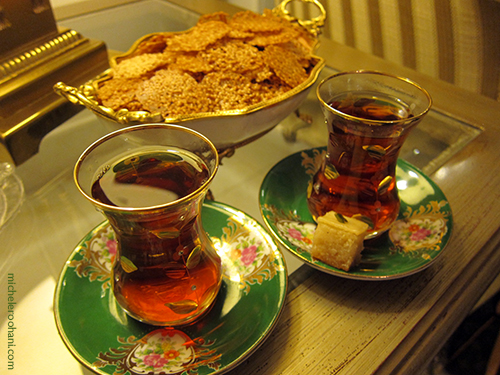
I will keep a great memory of this beautiful city—home to my favorite poet, Sohrab Sepehri. This swallow kept us company at our hotel, the Manouchehri House:
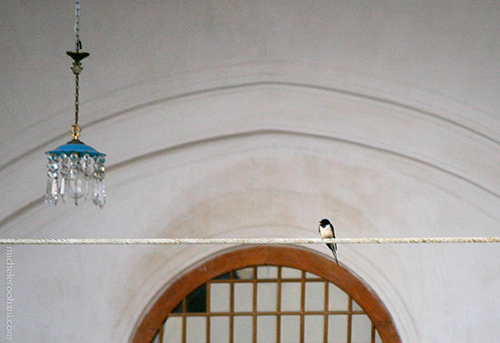
A poem of Sepehri in English:
“I am a native of Kashan
Time is not so bad to me
I own a loaf of bread, a bit of intelligence, a tiny amount of taste!
I possess a mother better than the leaf
Friends, better than the running brook
I am a Muslim
The rose is my Mecca
The spring my prayer-carpet
The light, my prayer stone
The field my prostrate place
I take ablution with the heartbeat of windows…”
in French:
“Je viens de la contrée de Kashan.
Ma vie somme toute n’est pas trop difficile.
J’ai de quoi vivre, un brin d’intelligence, un minuscule talent.
J’ai une mère plus douce que les feuilles de l’arbre.
Des amis plus limpides que l’eau courante.
Et un Dieu présent quelque part, tout proche:
Parmi les feuilles de giroflées,
Au pied de ce pin élevé,
Sur la face consciente des eaux,
Dans les lois du monde végétal.
Je suis musulman.
J’ai comme direction de la Mecque une rose.
Comme napperon de prière une source.
Comme sceau de prière la lumière.
La plaine est le tapis de ma prière.
Je fais mes ablutions aux vibrantes fenêtres de la lumière.”
and in Persian:
اهل كاشانم
روزگارم بد نيست.
تكه ناني دارم ، خرده هوشي، سر سوزن ذوقي.
مادري دارم ، بهتر از برگ درخت.
دوستاني ، بهتر از آب روان.
من مسلمانم.
قبله ام يك گل سرخ.
جانمازم چشمه، مهرم نور.
دشت سجاده من.
من وضو با تپش پنجره ها مي گيرم.
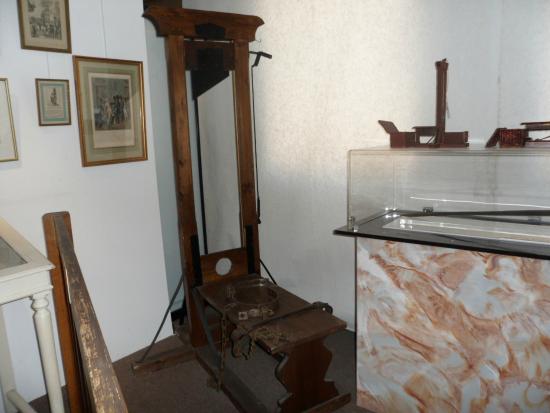 There was much to see and their weekend hours are the 3rd Saturday of each month only. I loved the old posters of the LAPD magazine, BEAT.
There was much to see and their weekend hours are the 3rd Saturday of each month only. I loved the old posters of the LAPD magazine, BEAT.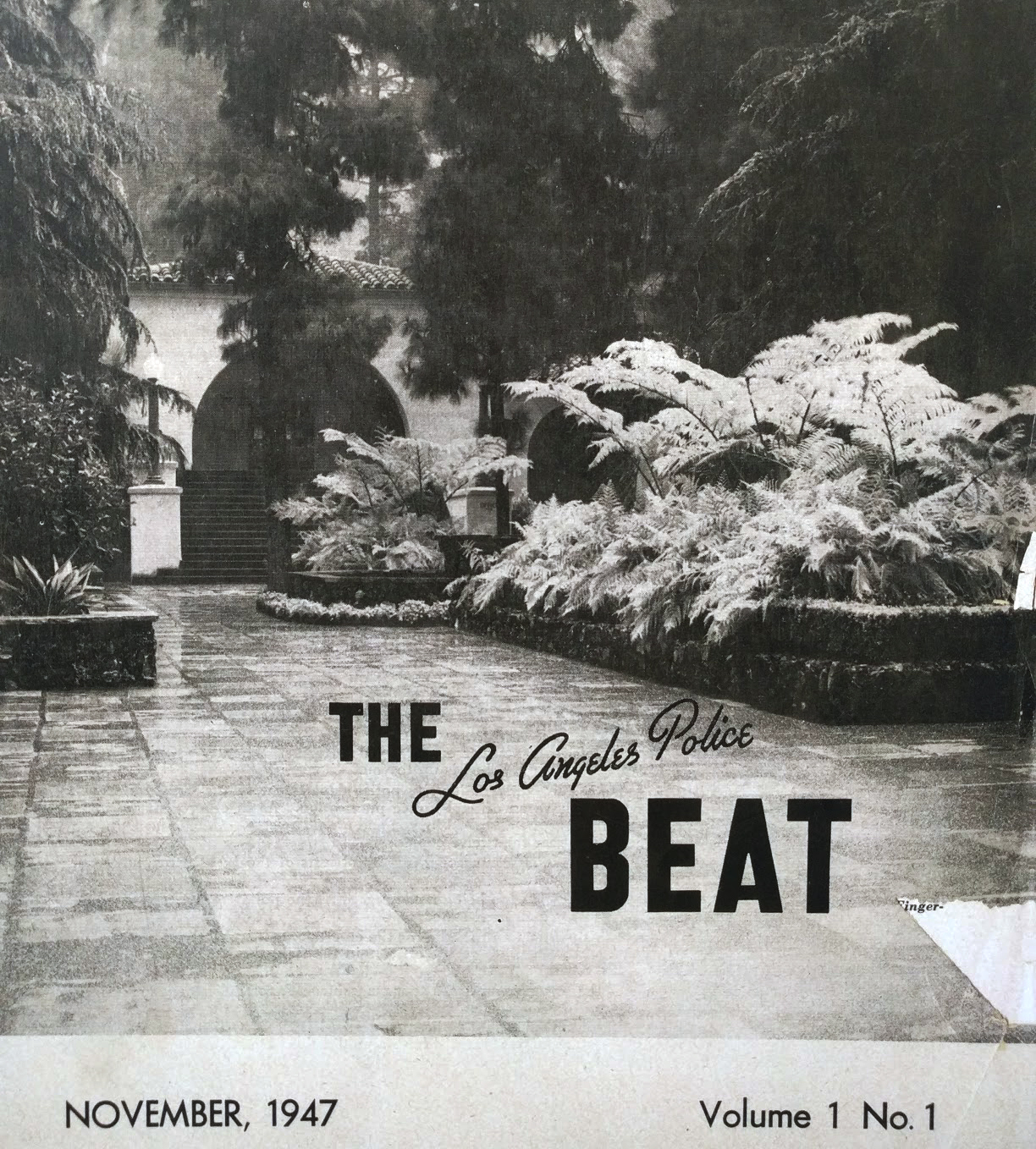
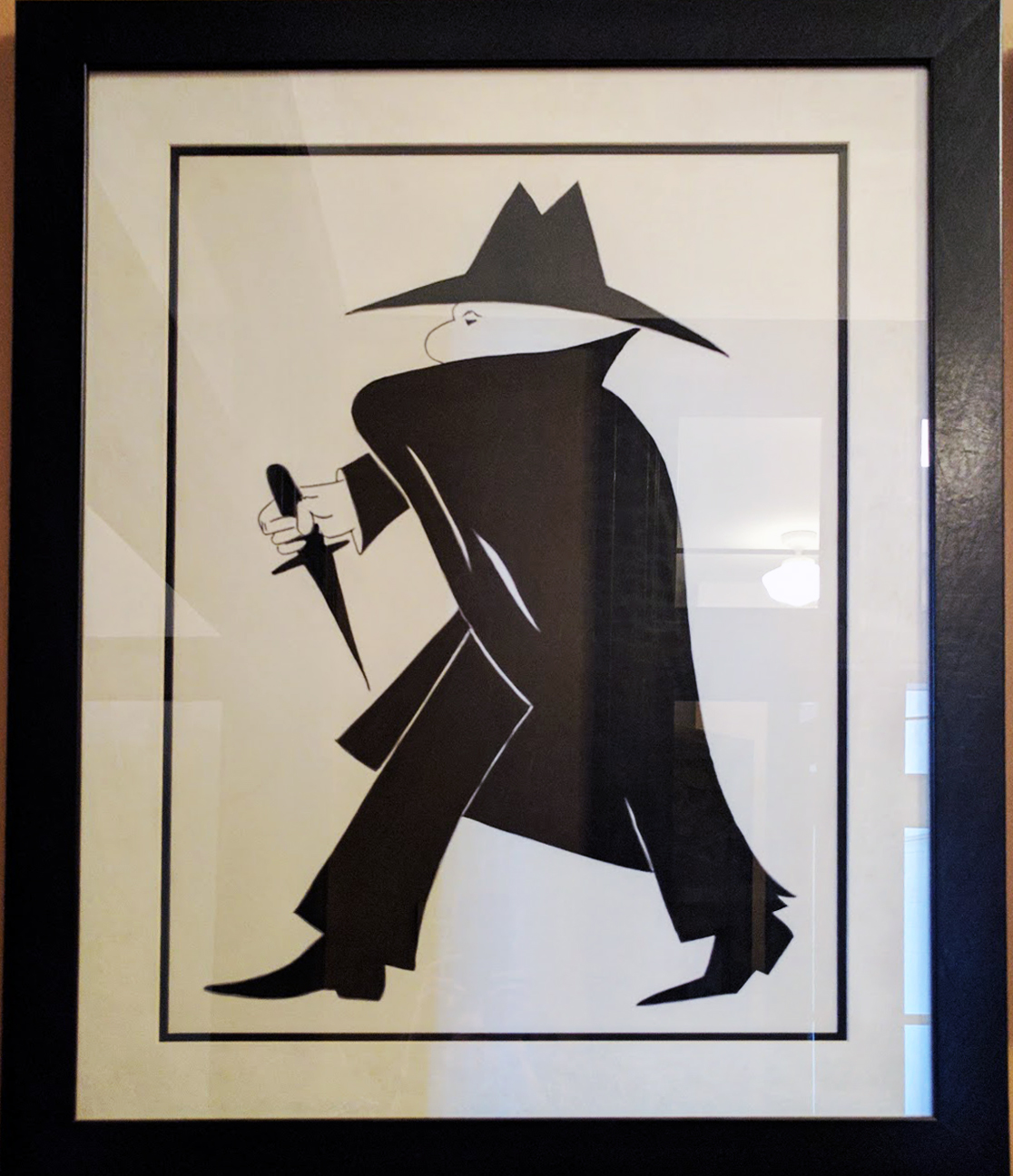 Look at these uniforms from 1886:
Look at these uniforms from 1886: